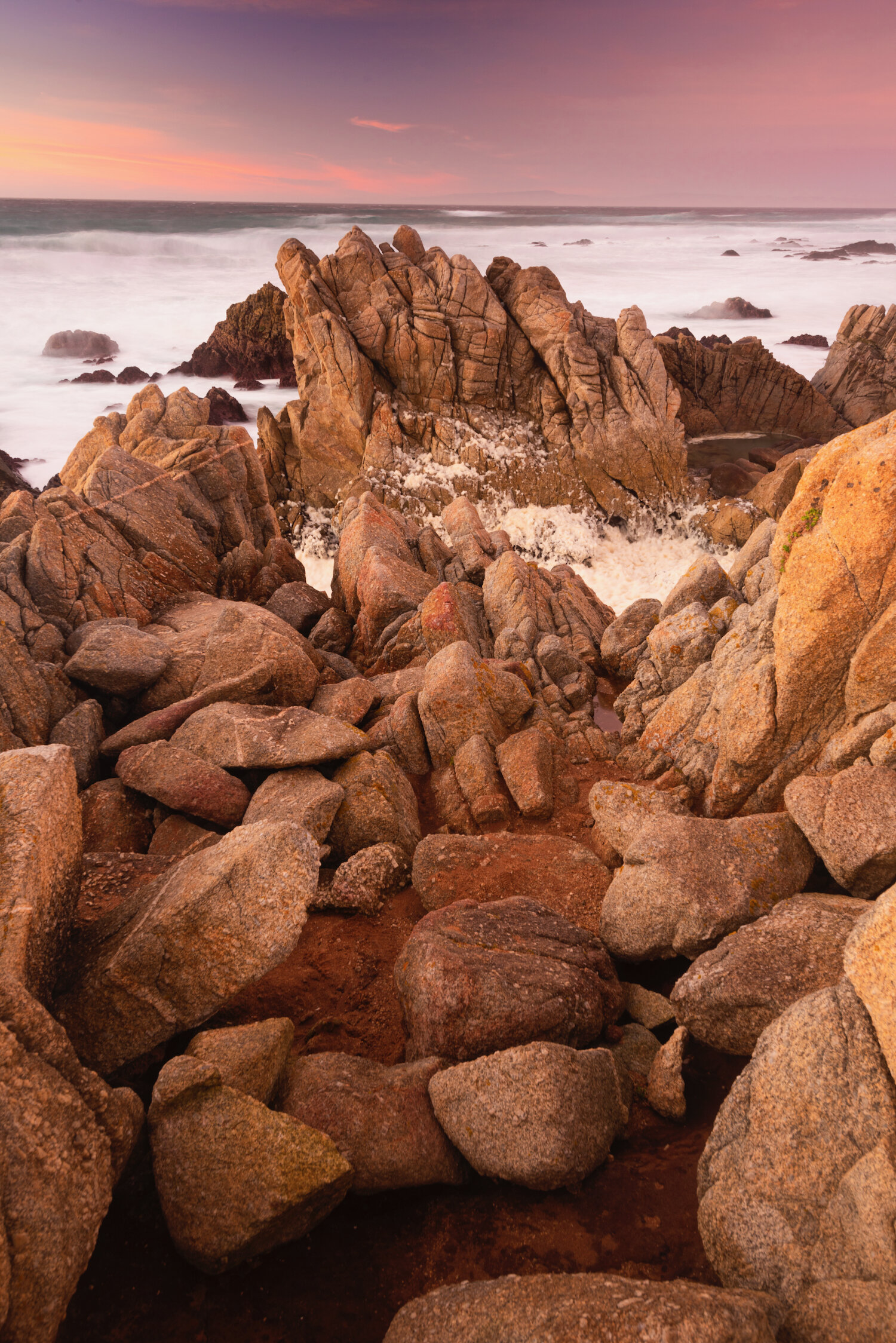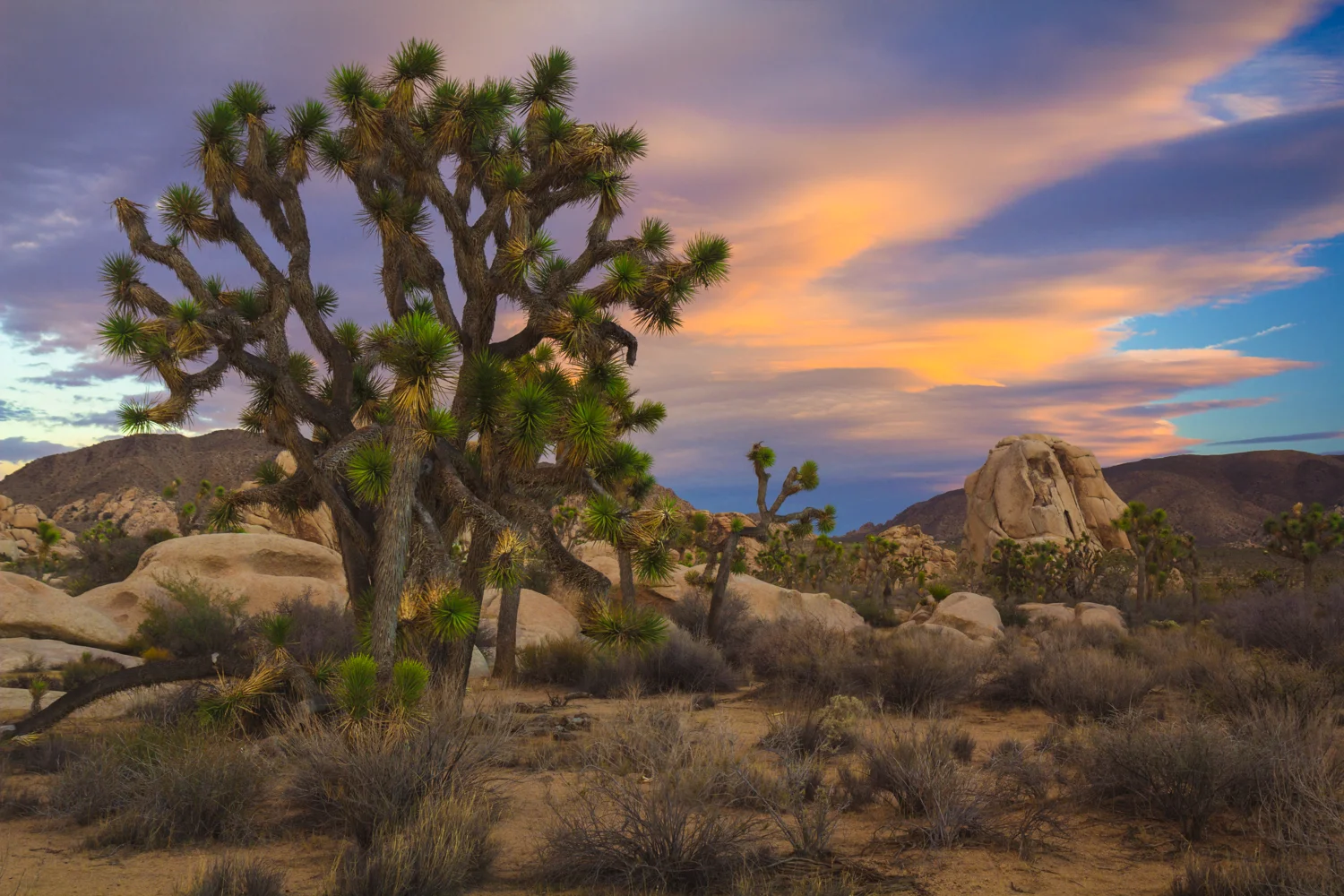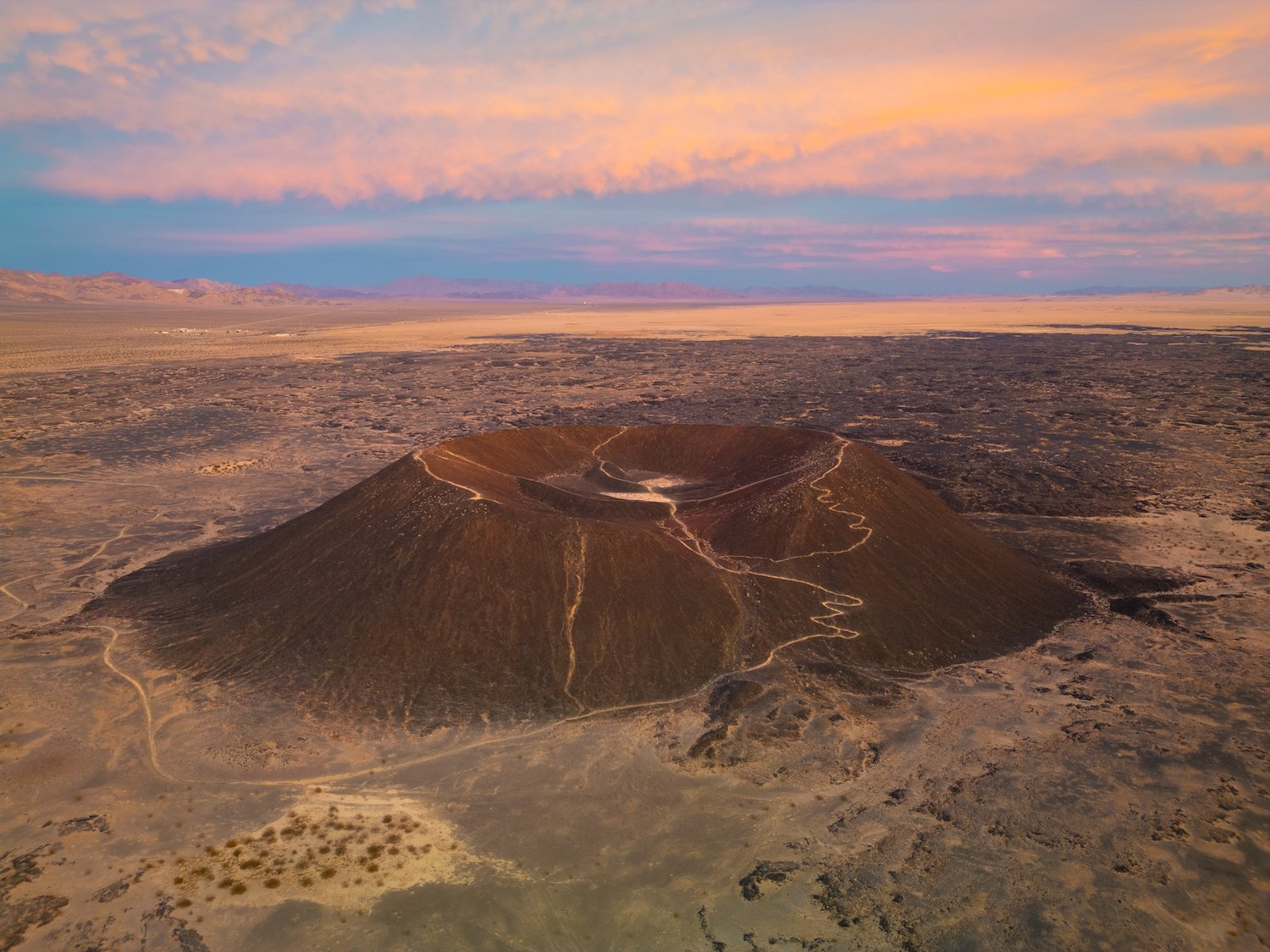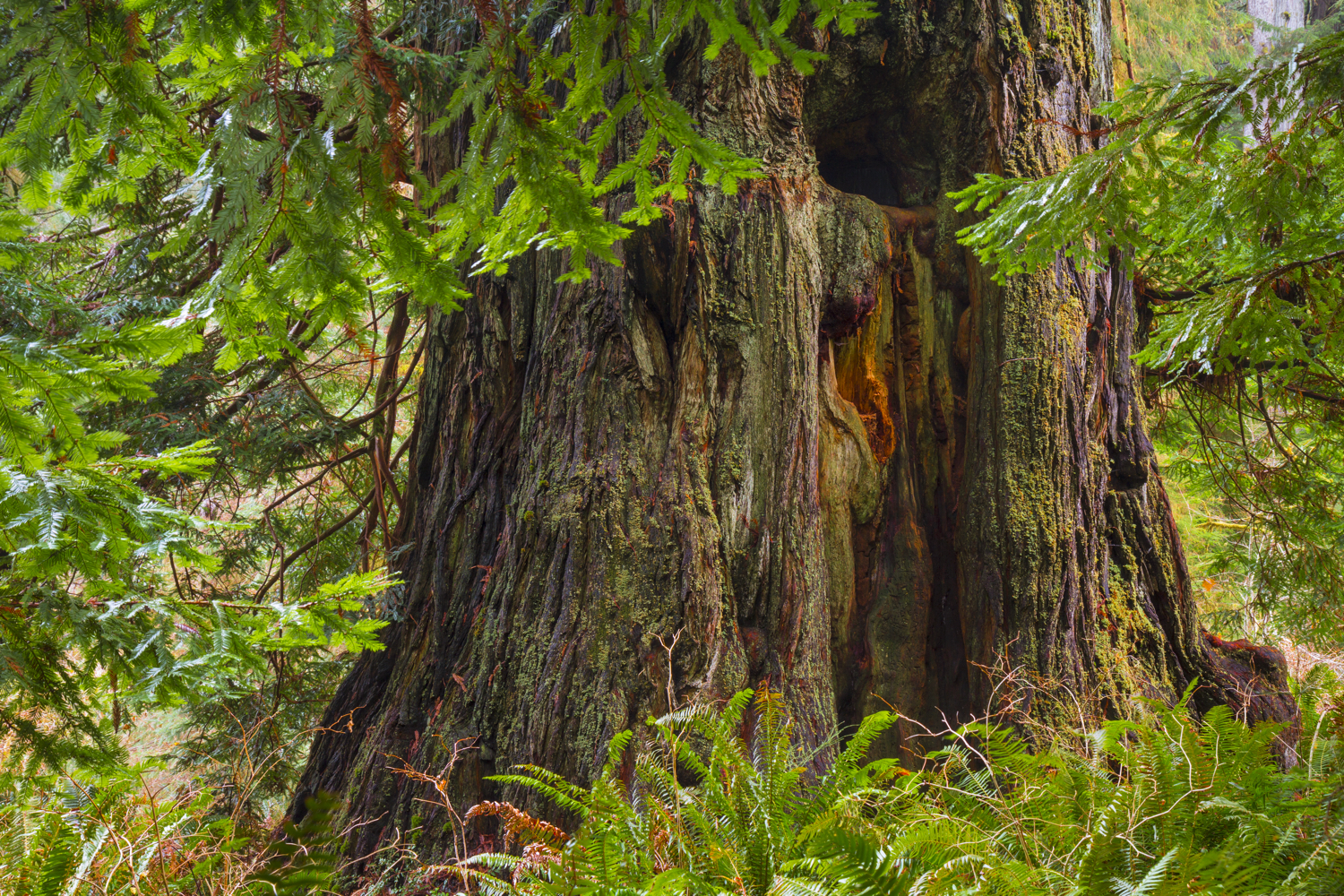coastline
Julia Pfeiffer Burns State Park (Big Sur)
The California coastline alternates between sandy beaches and dramatic rocky cliffs along its 840-mile length. However, few sections rival the stunning beauty of Big Sur, with its prominent headlands, monumental sea stacks, and vertical mountains rising nearly directly from the ocean. Pacific Coast Highway (or Highway 1) travels along the coast and is a true engineering marvel, hugging the hillsides near occasional precarious drops. If driving from the south, Julia Pfeiffer Burns State Park is one of the first major parks motorists encounter, showcasing classic Big Sur scenery. Gigantic sea stacks, isolated from the nearby cliffs, direct the tide as it moves inland. Numerous rest stops offer incredible, often elevated, views of the beaches below.
Garrapata State park and Monterey peninsula (big sur)
The northern section of Big Sur features some of the most recognizable and visited parts of California’s coast, including Garrapata State Park. Located a few miles south of the charming town of Carmel, the park offers miles of coastal hiking trails. For landscape photography, Soberanes Point is a standout, with its series of cliffs providing stunning views of the eroded coastline. Just north of Carmel lies the Monterey Peninsula, home to the world-famous Pebble Beach and the wild, scenic beaches along 17-Mile Drive.
Soberanes Point, Garrapata State Park
Soberanes Point, Garrapata State Park
Monterrey Peninsula
Mendocino headlands state park
The vast stretch of coastline between San Francisco and the Lost Coast in far northern California shares characteristics with those found in Big Sur—tall cliffs, rocky coastline, and sea stacks of every shape and size. Among the highlights of this beautiful coast is Mendocino Headlands State Park. True to its name, the park features a series of headlands meeting the ocean along steep cliffs. The ocean water rushes in and between the towering rocks, creating dynamic scenes perfect for long-exposure photography.
Bowling ball beach & salt point state park
Two other notable beaches along California’s coast are worth mentioning. The first, Bowling Ball Beach, located near Point Arena in Schooner Gulch State Beach, is known for the nearly perfectly rounded rocks that sit on the beach. These formations are similar to the Moeraki Boulders and Koutu Boulders in New Zealand and are only visible at low tide. On the other hand, Salt Point State Park features landscapes similar to the rocky cliffside scenery of Big Sur.
Bowling Ball Beach
Salt Point State Park
deserts
Death Valley national park
America’s most surreal desert park, Death Valley, holds the record for the hottest temperature ever recorded (134°F or 56.7°C) and the lowest point in North America (282 feet or 86 meters below sea level) at Badwater Basin. During winter rains, the Basin can temporarily flood. As the water evaporates, it leaves behind high concentrations of salt arranged in beautiful hexagonal crusts. In the distance, the snow-capped Telescope Peak and the Panamint Range rise to 11,049 feet (3,368 meters). Nearby, Cottonball Basin and Devil’s Golf Course offer additional extraordinary examples of how water evaporation and salt combine to create bizarre and unique landforms.
Badwater Basin
Cottonball Basin
Devil’s Golf Course
In addition to its salt flats, Death Valley features a range of multicolored badlands, with Zabriskie Point being the most famous. This erosive landscape of gullies and mud hills at the edge of the Black Mountains leads to the white salt flats of the main valley and the surrounding mountains. Zabriskie Point is one of Death Valley’s iconic locations, along with Racetrack Playa, a scenic dry lake known for its polygon-shaped mud cracks. The Racetrack is particularly famous for its mysterious “sailing stones”—rocks found on the playa floor with long trails behind them. In winter, when the playa freezes, a thin layer of ice can push these rocks across the playa, creating furrows in the sediment and leaving behind linear "racetrack" imprints.
Zabriskie Point
Racetrack Playa
Joshua tree national park
The great Mojave is the driest desert in North America and its boundaries are generally noted by the presence of Joshua trees. It’s most famous park, Joshua Tree National Park, as well as the neighboring Mojave National Preserve, contain great concentrations of these alien-looking specimens. Despite being a desert park, Joshua Tree is also home to diverse plant species, most notably the spiky yucca plant and prickly cholla cactus.
There are a number of highly photogenic areas within the national park but from a personal standpoint, I’m particular to Hidden Valley for its trees, Jumbo Rocks for its boulders, and Cholla Cactus Garden for its cacti.
Joshua Trees
Jumbo Rocks
Yucca Plant
Cholla Cactus Garden
mojave desert
The Mojave, to the north of Joshua Tree, contains a number of astonishing and bizarre desert formations. Two of my favorites are the Amboy Crater and the Trona Pinnacles. The crater is situated in Mojave Trails National Monument, near a tiny rest stop on famous Route 66. This dormant cinder cone is about 250 feet high and surrounded by a beautiful lava field. The Trona Pinnacles consist of tufa spires surrounded by many square miles of flat, dried mud, with stark mountain ranges on either side.
Amboy Crater
Trona Pinnacles
Salton Sea & Anza-Borrego Desert State Park
The Salton Sea is a shallow, highly salinated lake created by an accidental diversion of the Colorado River, intended to provide more water for agriculture. Over time, the lake has been shrinking, leading to the decline of fish and vegetation that once thrived here. Nearby, Anza-Borrego Desert State Park stretches across a vast expanse of arid mountains, slot canyons, and badlands, including the iconic Font’s Point overlook. When sufficient rain falls in the winter, the park transforms into a vibrant tapestry of wildflowers during the annual desert bloom.
Salton Sea
Font’s Point
forest
Redwood national and state parks
Redwood National and State Parks, a collection of old-growth forest parks along California’s far northern coast, include Redwood National Park and California's Jedediah Smith Redwoods, Del Norte Coast Redwoods, and Prairie Creek Redwoods State Parks. Together, they protect 45% of the remaining coast redwoods. Due to their northern location, these parks receive more rainfall and morning fog compared to other redwood parks further south, which allows the trees to reach their maximum height and circumference. The redwoods here are the tallest, as well as among the oldest and largest trees in the world. Jedediah Smith Redwoods State Park, in particular, boasts several record-setting trees, including the famous Grove of Titans and Stout Grove. For a comprehensive overview of these majestic forests, refer to my Guide to the California Redwoods.
Grove of Titans
Stout Grove
Though not officially part of the Redwood National and State Parks network, Humboldt Redwoods State Park features similarly magnificent giant trees and old-growth redwood forests. Located farther south and in a relatively more arid environment, the forest here has a more open, less jungle-like appearance compared to its northern counterparts. This openness allows for clearer sightlines and more visible trees. From a landscape perspective, Humboldt Redwoods is particularly scenic and photogenic, offering expansive views where the breadth of its forests can be fully appreciated.






























